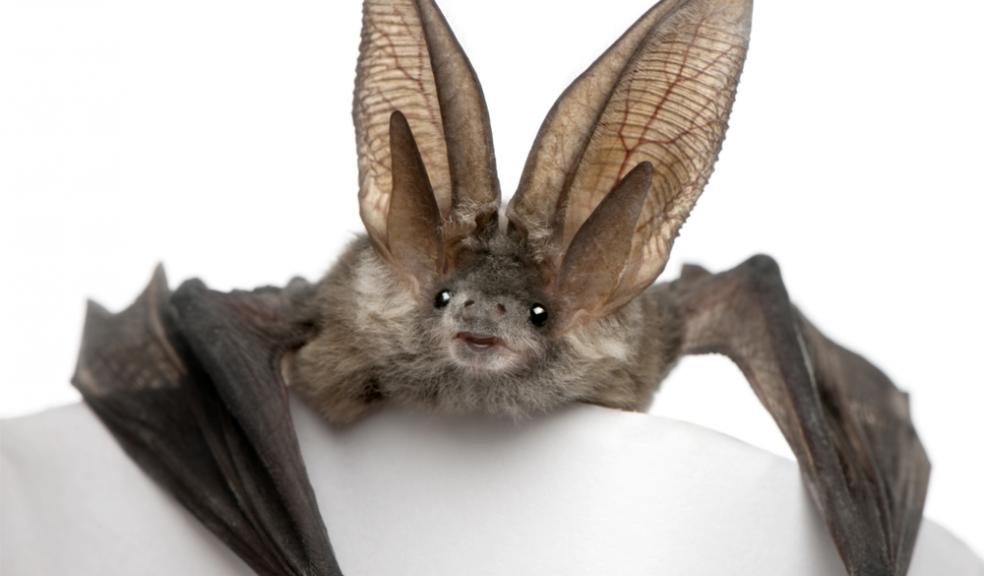
One of Britain’s rarest mammals needs greater protection
New research has revealed that just 1,000 grey long-eared bats, a species native to Devon, remain in the UK and numbers are declining.
"The UK’s grey long-eared bats need greater conservation efforts before we lose them” says Dr Orly Razgour, who is calling for this little-known species to be afforded ‘UK Priority Species’ status in the newly published Conserving grey long-eared bats in our landscape: conservation management plan.
Dr Razgour is the lead author of the plan, which is based on new research she conducted into the species at the University of Bristol, in collaboration with the Bat Conservation Trust. Her research has shown the estimated population of these bats in the UK is around 1,000 animals and the population is declining. Prior to her study it had been hoped the bats were more numerous, but her findings confirm how very rare they are.
Dr Razgour writes, "In the UK, the grey long-eared bat is restricted mainly to the southern coast of England, with a handful of records in Devon, Dorset, Somerset, Hampshire, Isle of Wight and Sussex.
"Recently evidence of grey long-eared bats was found also in south-west Wales."
The UK grey long-eared bat population comprises two distinct genetic groups and Dr Razgour is concerned that the low numbers mean the future survival of the species in the UK is questionable, unless more is done to protect the remaining few. She calls for more work to identify, monitor and protect maternity roost sites, where female bats raise their young, and hibernation sites.
Dr Orly Razgour: "Despite being one the rarest UK mammals, up until recently there was very little known about the grey long-eared bat and what it needs to survive. Studying the grey long-eared bat, I realised that the plight of this bat demonstrates many of the threats and conservation challenges facing wildlife, from the effects of habitat loss and climate change to the problem of small isolated populations.
"The UK grey long-eared bat population has been declining and has become fragmented in the past century. This decline and fragmentation is likely to be in response to the dramatic decline of lowland meadows and marshlands, the bat's main foraging habitats. The long-term survival of the grey long-eared bat UK population is closely linked to the conservation of these lowland meadows and marshland habitats. The conservation management plan is calling to prioritise the conservation status of the grey long-eared bat and use this bat as a flagship species to promote the conservation and restoration of lowland grasslands."
Habitat Destroyed
Lowland meadows and marshland habitats have all but disappeared in the UK following changes to land management and farming practices in the latter half of the last century. As these bats prey on agricultural pests, encouraging these bats in the farmed landscape may benefit the wider farming community if bat numbers increase dramatically.
Traditionally a cave-dwelling species grey long-eared bats have become dependent on our buildings for roost sites. Their roost requirements are specific; they need large open spaces in lofts and barns close to foraging habitat. These roosts are under threat from building development and Dr Razgour is calling for identification, monitoring and protection of roost sites and their surrounding grassland area.
Key findings of Dr Razgour’s research
- The grey long-eared bat should be afforded UK Priority Species status by the statutory bodies: Natural England, DEFRA and JNCC;
- Maternity roosts and hibernation sites need to be identified, monitored and protected;
- The landscape around and between roosts needs to be protected to increase grassland foraging habitat.
Click here for further information about the work of the Bat Conservation Trust and to download the full report.











